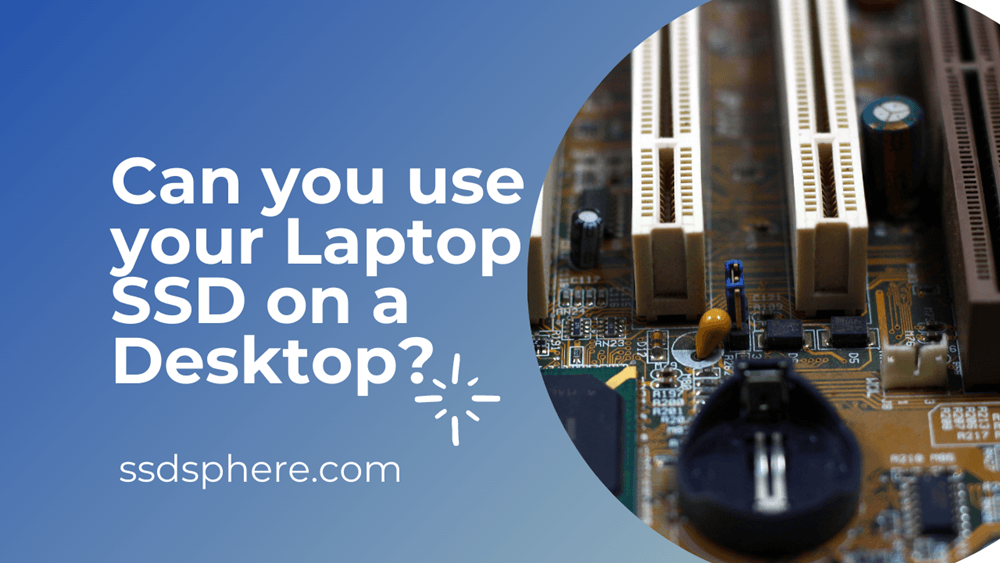
(By the way, SSDs should not be defragmented. Physically connect the SSD. Place the SSD in the enclosure or connect it to the USB-to-SATA adapter, and then connect it to your laptop with the USB cable. Now we'll get the SSD set up for the cloning process.ġ. Make one last uncluttering sweep with freeware CCleaner, which deletes old temp files and other space hogs, or at the very least run Windows' disk cleanup (in Windows search - look for "disk cleanup," then choose "Free up disk space on this PC"). Clean up your drive for additional space. This is also the time to uninstall programs you aren't using anymore and delete unnecessary files that you don't want carried over to your SSD.

If this is the case, move larger folders-such as those containing your photos, videos, games, and personal documents-to an external drive or other location to make enough space on your drive for cloning to the smaller SSD.ģ. Move large folders that don't need to be kept on the SSD. Chances are your hard drive is larger than the SSD you are transferring to (for example, moving from a 500GB HDD with lots of media files to a 120GB SSD). Even on Ultrabooks, which have a hybrid storage system, the OS - Windows is normally installed on the smaller SSD.2. That's why Apple ditched the hard drive on the original MacBook Air. This will result in everything being faster - boot, data access and file transfers. On a SSD all parts can be accessed at the same time, this converts to almost instantaneous access. It will access data faster the closer it is, but it will take longer if data is further away from the read write heads. How is this possible? Well, on a traditional hard drive speed is dependent on where the data is on the read-write heads. Modern SSDs can be up to 100 times faster than a traditional hard drive.

They can but it is just that the chances of a user losing data are lower with the SSD. SSDs, because they don't have any moving parts, don't have mechanical failures. This makes it more susceptible to mechanical faults, especially in case you bump your machine or if your laptop falls.


Here's why.Ī traditional hard drive spins and has many moving parts. One sure shot way of achieving this is swapping out your existing hard drive for a solid state drive, which is popularly known as a SSD. If you happen to own a 4-5 year PC or Laptop, and you are thinking that it has become too slow, there are ways to squeeze more life out of it.


 0 kommentar(er)
0 kommentar(er)
